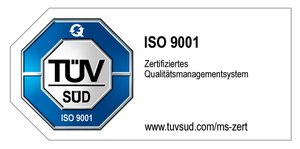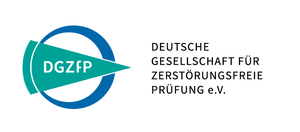Tactile metrology
Tactile metrology is a method for measuring shapes, dimensions, and properties of objects by using tactile probes or touch probes that are brought into direct contact with the surface of the object. The tactile probes are typically attached to a coordinate measuring machine (CMM) or other measuring device that captures the movements of the probes in a three-dimensional coordinate system.
Tactile metrology is used in many industries, particularly in the manufacturing industry, to ensure that the products produced meet the required specifications and tolerances. Tactile metrology can be used to measure various features such as geometry, roughness, surface texture, hardness, thickness, angles, and form deviations.
The tactile probes come in various shapes and sizes to perform a range of measurements. A common type of tactile probe is the ball probe, which has a spherical tip and is used to measure radii, angles, and flatness. Another type of probe is the stylus probe, which has a slender, pointed tip and is used to measure narrow or deep features such as holes or grooves.
Measurement with tactile metrology is achieved by touching the probe to the surface of the object to be measured. The probe captures touch data, such as the position, angle, and force of the probe, and transmits it to the measuring system. The measuring system interprets the data and creates a digital representation of the object's surface, which can be displayed as a point cloud or 3D model.
Tactile metrology offers several advantages over other measurement techniques. It is typically more accurate and precise than optical or non-contact measurement methods and can measure a wide range of features on a surface. Tactile metrology can also be used to check production processes and identify problems in the production of products.
In the manufacturing industry, tactile metrology is often used as part of the quality control process to ensure that products meet the required standards and specifications. However, tactile metrology is also widely used in other industries such as medical technology, aerospace, and automotive.
We find the perfect solution for your project.
Contact us if you have questions to our services in the area of 3D metrology. We are looking forward supporting you in your success.



